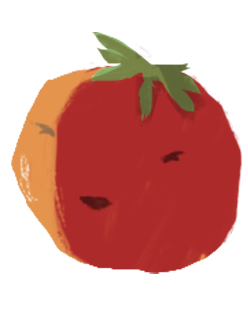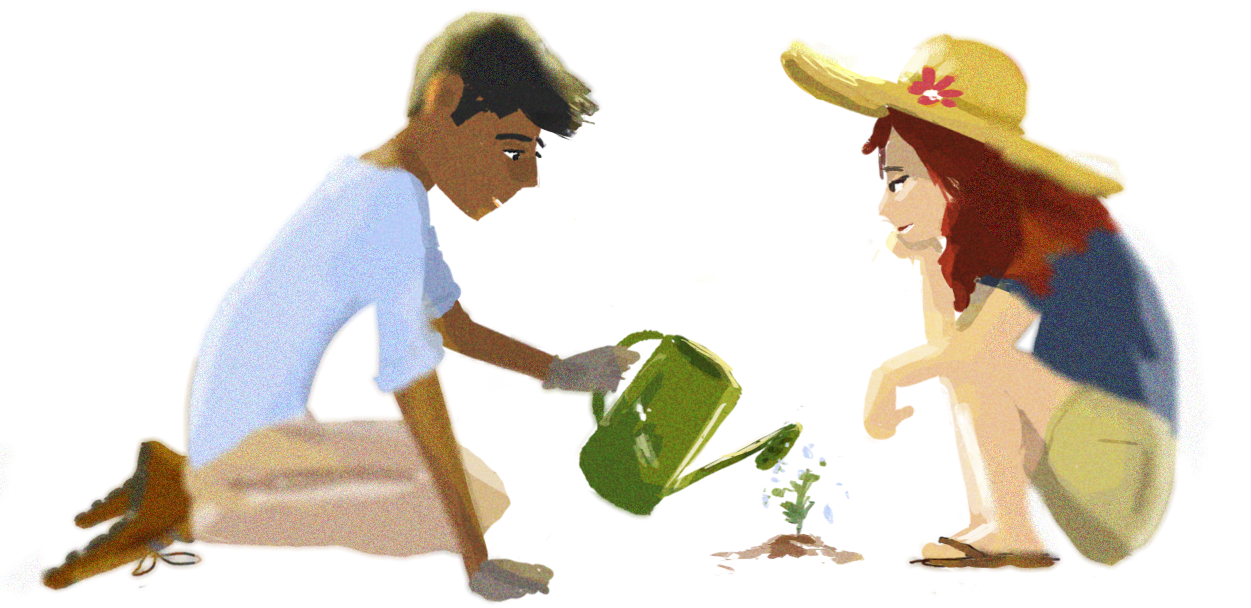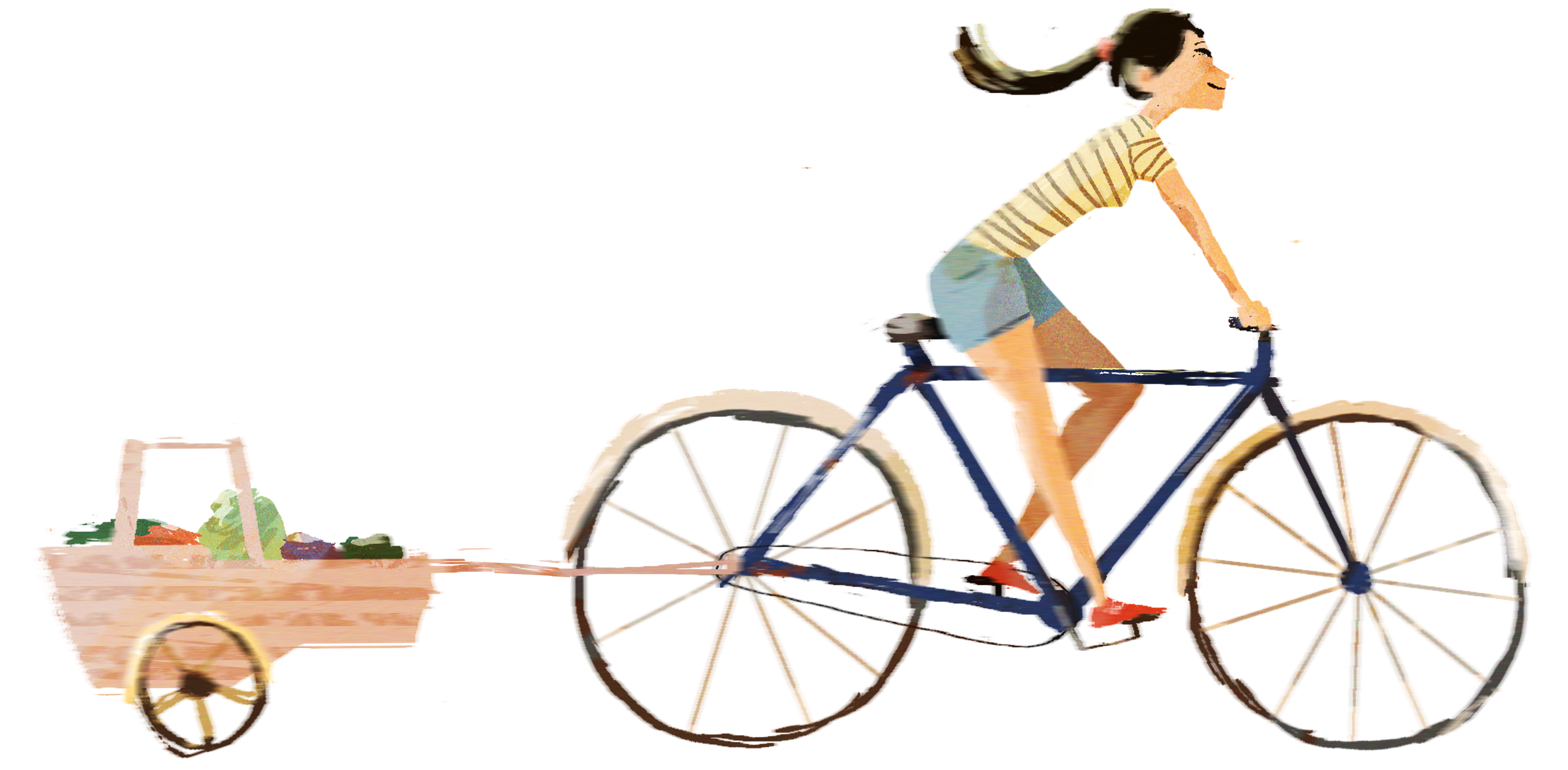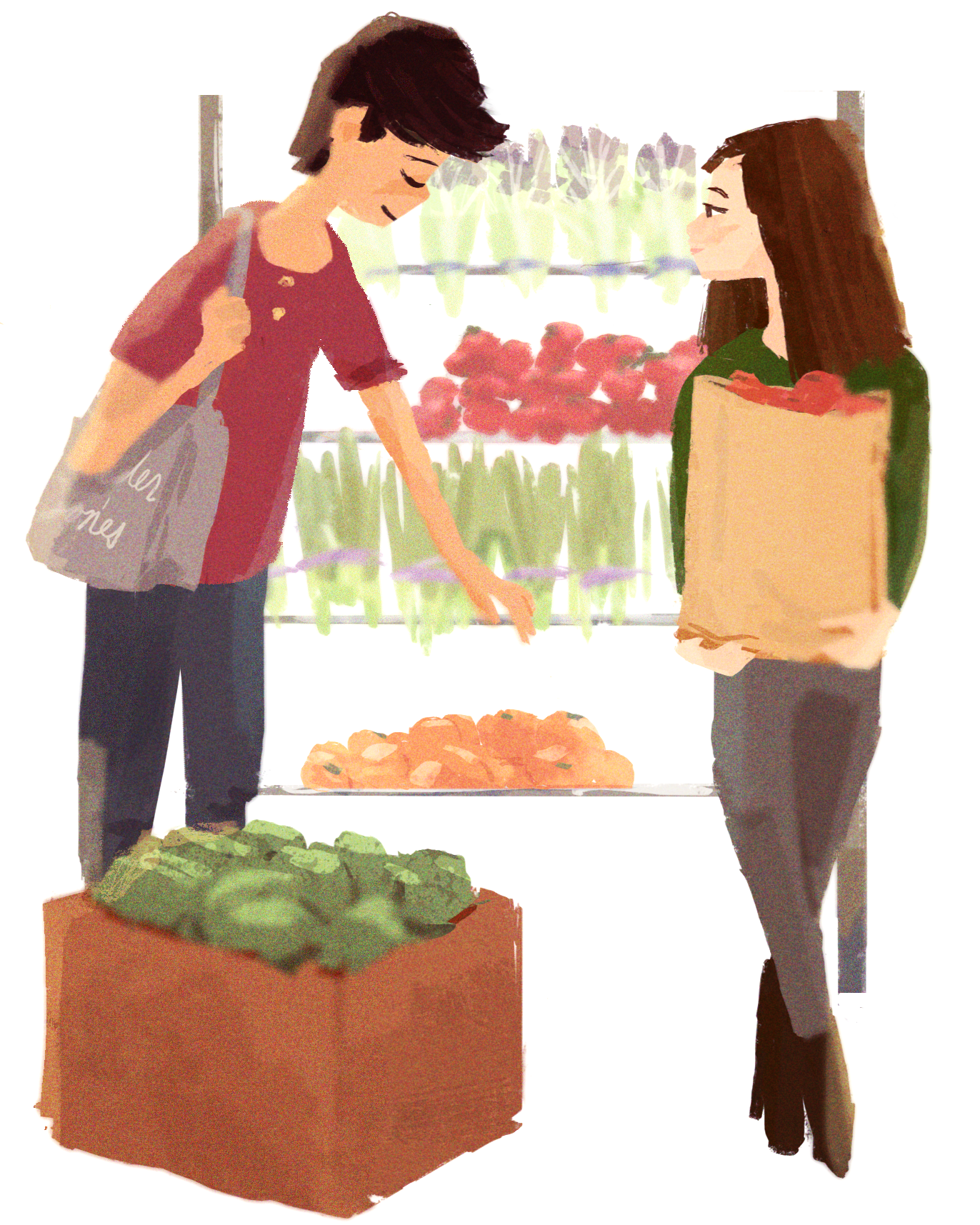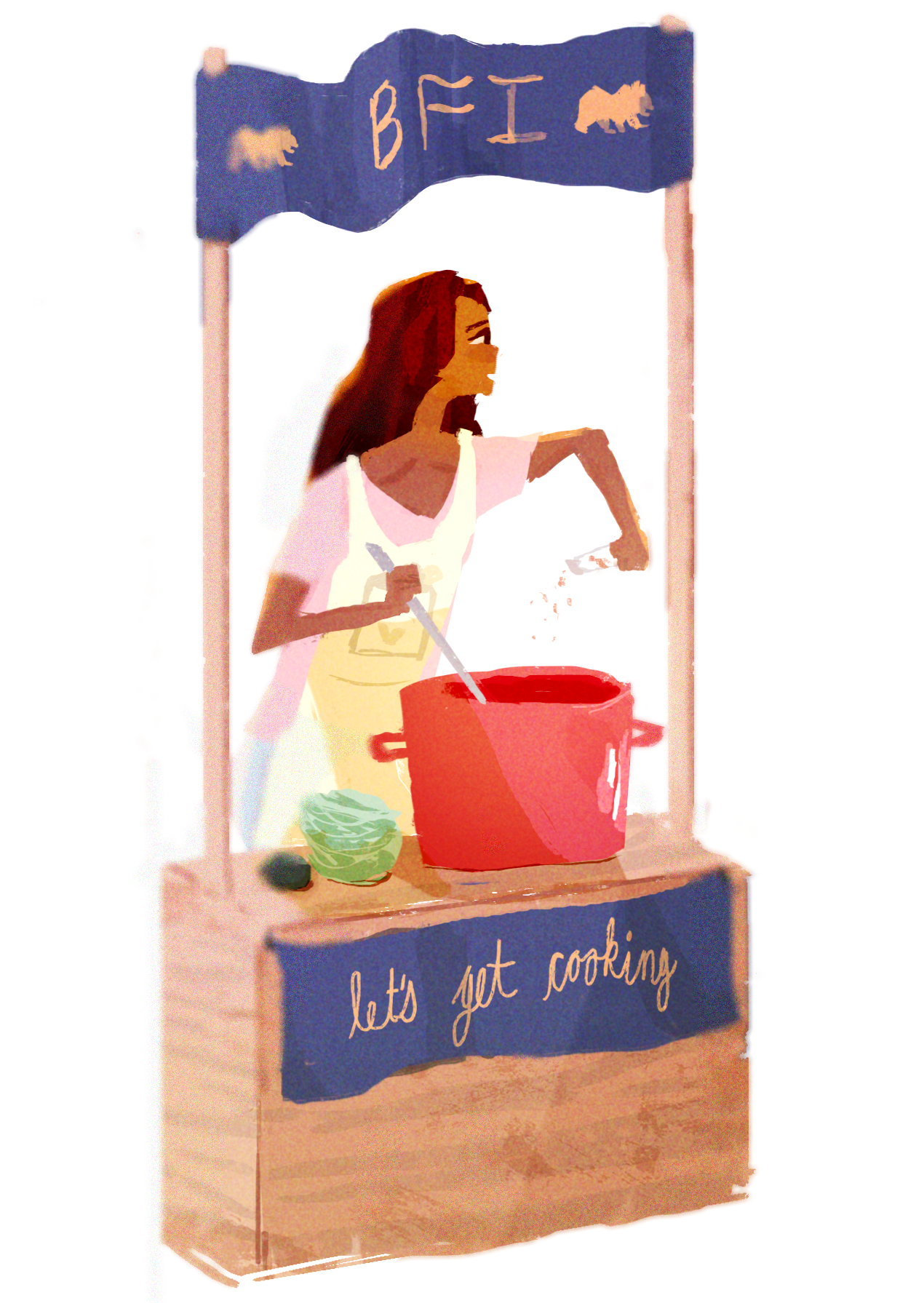Foodscape Map: From Garden to Pantry
At UC Berkeley, 39 percent of Undergraduate students and 23 percent of graduate students experience food insecurity. In response to this, a cross-campus committee of students, staff, faculty and community members was formed in 2014 to develop a diversity of food, housing and financial resources to support students. Food security resources aim to increase food literacy, nutrition, cooking, and budgeting skills and increase access to nutritious food via food assistance programs and an on-campus student food pantry in the MLK Student Union. In 2017, in an effort to increase the supply of fresh produce in the pantry and link student-led agriculture efforts with Basic Needs, campus farms and gardens started delivering produce to the pantry. What has developed since is a student-led and coordinated micro food system that is driven by and for student pantry users.
The illustrations below describe the process from garden to pantry.


